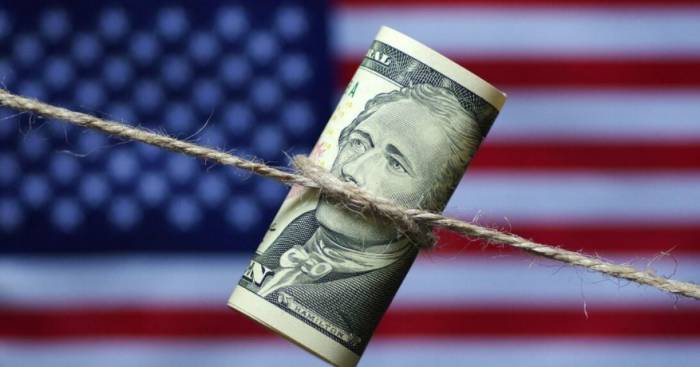
Title: "Nations Boost US Debt Holdings: Crisis Over? What's Behind US Actions?"

The global financial market is ever-changing.Not long ago,U.S.Treasury bonds were considered a "hot potato," but now they have transformed into a sought-after "delicacy" among countries.Data shows that as of October 2021,the scale of U.S.Treasury bonds held by major global holders has approached 76.5 trillion U.S.dollars,a sharp increase of 99.6 billion U.S.dollars compared to September.This phenomenon inevitably leads people to ponder: is the U.S.debt crisis,which has long plagued the United States,about to see a turning point?
Looking back at history,the U.S.debt crisis is like an inescapable haze,repeatedly impacting the global financial system.In 1987,the U.S.stock market crash triggered the famous "Black Monday," causing a global stock market collapse and violent fluctuations in the U.S.debt market.In 2008,the global financial tsunami triggered by the subprime mortgage crisis pushed the U.S.debt crisis to a climax,severely damaging the U.S.economy and plunging the global financial market into panic.
Now,the scale of U.S.debt has exceeded the 30 trillion U.S.dollar mark,far exceeding the total volume of U.S.GDP,causing concerns about the sustainability of U.S.debt.Faced with such a severe situation,why do countries still choose to increase their holdings of U.S.Treasury bonds?Is it to help the United States resolve the debt crisis?
In-depth analysis reveals that the increase in U.S.Treasury bond holdings by multiple countries is the result of the combined effects of various factors.The fundamentals of the U.S.economy remain solid,and compared to other major economies,the recovery of the U.S.economy is relatively stable,providing strong support for U.S.Treasury bonds.The expectation of a shift in Federal Reserve policy is heating up.As inflationary pressures continue to rise,the market generally expects the Federal Reserve to accelerate the reduction of bond purchases and start the interest rate hike process,which will enhance the attractiveness of U.S.dollar assets.As the world's main reserve currency,the U.S.dollar still has a strong risk-avoidance attribute against the backdrop of increasing global economic uncertainty,which is also an important reason for attracting countries to increase their holdings of U.S.Treasury bonds.
To cope with the ever-expanding scale of debt,the U.S.government has also taken a series of measures,repeatedly raising the debt ceiling to provide more borrowing space for the government; releasing strategic petroleum reserves in an attempt to stabilize oil prices and alleviate inflationary pressures; the United States is also actively promoting currency swap agreements with other economic entities to enhance the liquidity of the U.S.dollar and alleviate debt pressure.
These measures are only temporary solutions and do not address the root cause.The U.S.debt crisis still poses significant risks.The level of U.S.inflation remains high,and the supply chain bottleneck issue is difficult to resolve.This will continue to constrain the recovery of the U.S.economy and exacerbate the risk of U.S.debt default.The polarization of U.S.politics is becoming increasingly severe,and the two parties find it difficult to reach a consensus on major issues such as fiscal policy,which will further weaken the outside world's confidence in the United States' economic governance capabilities.
What is even more worrying is that the U.S.debt crisis may trigger a global chain reaction.Once the United States defaults on its debt,it will cause a huge shock to the global financial market,triggering a plunge in global asset prices.Emerging market countries will be the first to bear the brunt,facing risks such as currency devaluation and capital flight.
